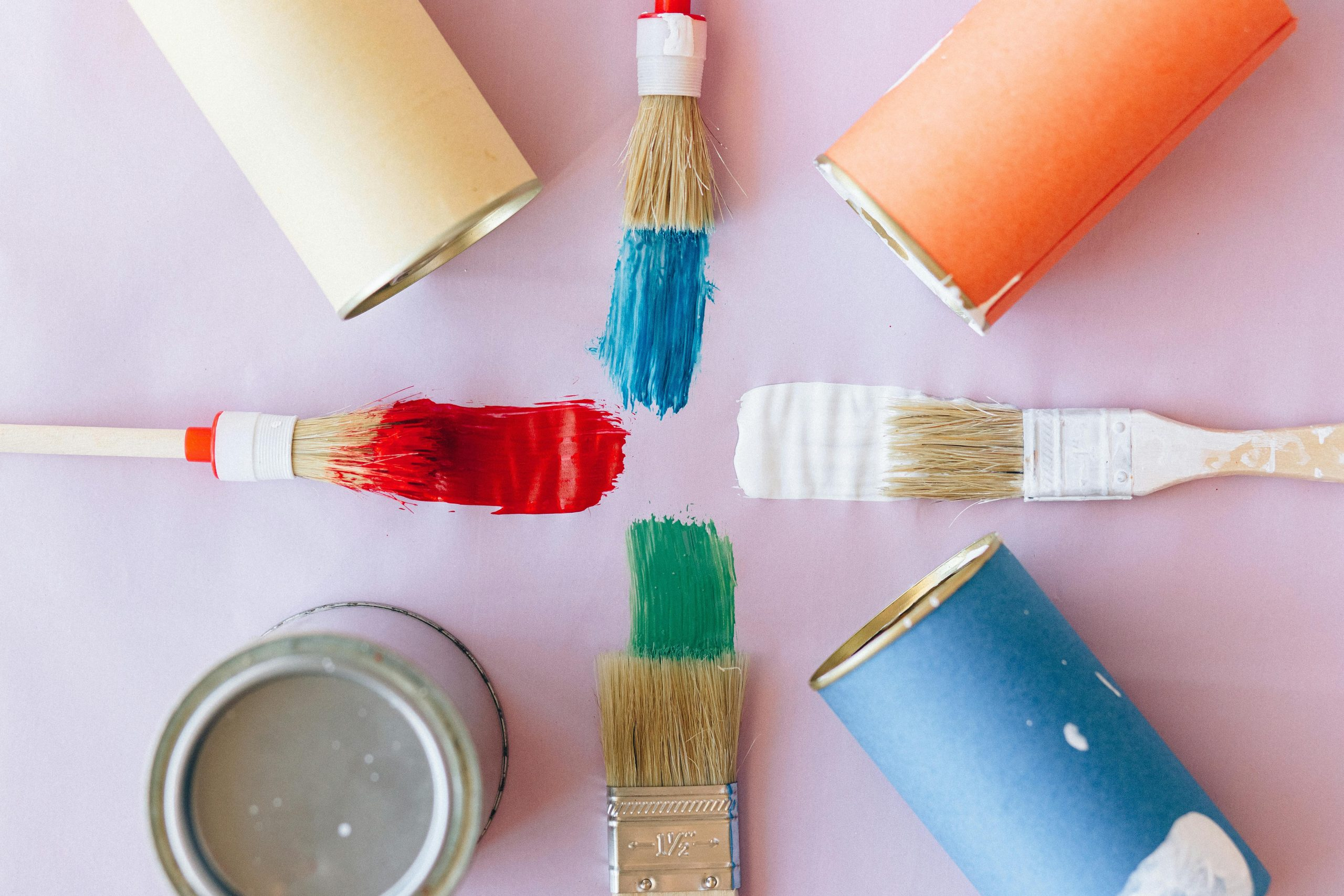Cuban DIY Revolution: Restoring Vintage Cars with 3D-Printed Parts
For decades, Cuba has been known for its vibrant culture, beautiful beaches and colonial architecture. However, there is another aspect of Cuban life that has captured the attention of the world – the country’s love for vintage cars. Due to the US embargo, Cubans have been forced to maintain and restore their cars using unconventional methods, such as DIY and 3D printing. In recent years, the Cuban DIY revolution has taken a new turn as vintage car enthusiasts have started using 3D-printed parts to restore their beloved vehicles. In this article, we will explore how Cubans are preserving their automotive legacy through the use of 3D printing technology.
The Love for Vintage Cars in Cuba
For many Cubans, owning a car is not just a means of transportation but also a symbol of their status and identity. Before the 1959 revolution, Cuba was a popular destination for American tourists, and as a result, American cars flooded the streets of Havana. When Fidel Castro came to power, the US embargo prevented the island from importing new American cars, leaving Cubans with no choice but to maintain and repurpose the old ones. This led to an automotive landscape that is unique to Cuba, filled with well-preserved vintage cars.
The Rise of DIY Culture in Cuba
With limited access to new cars or spare parts, Cubans had to become self-sufficient in maintaining their vehicles. This led to the rise of a DIY culture, where people used creative methods to repair and restore their cars. For instance, many Cubans have become master mechanics, able to modify and adapt parts from different models to keep their cars running. As a result, many vintage cars in Cuba have a mix of different parts from various makes and models, making them one-of-a-kind.
The Influx of 3D Printing Technology
In recent years, Cuban car enthusiasts have turned to 3D printing technology to restore their vintage cars. With the country’s limited resources and restricted trade, 3D printing has become a game-changer for car enthusiasts. 3D printers allow them to make parts that are not available in the local market, preserving the original look and feel of their cars. This has also allowed them to reduce the costs of restoration significantly.
Bringing New Life to Old Cars
One of the greatest benefits of 3D printing technology is its ability to create custom-made parts for vintage cars. In the past, when a part was no longer available in the market, restoring the car was next to impossible. With 3D printing, enthusiasts can now recreate any part they need, from rare emblems to entire engine components. This has allowed them to restore cars that were once considered beyond repair, bringing new life to these vintage treasures.
Keeping the Automotive Legacy Alive
The Cuban DIY revolution and the use of 3D printing have not only helped to restore vintage cars but also to keep the island’s automotive legacy alive. These cars are not just a nostalgic reminder of the past but also a testament to the resourcefulness and creativity of the Cuban people. With the help of 3D printing, future generations will be able to continue the tradition of preserving these beloved vintage cars.
The Future of Cuban DIY Revolution and 3D Printing
The Cuban DIY revolution and the use of 3D printing have not only impacted the automotive industry but also other sectors of the country’s economy. As Cuba continues to modernize and open up to foreign trade, the use of 3D printing is expected to become even more widespread. This technology has the potential to revolutionize manufacturing in the country, providing opportunities for entrepreneurs and creators to develop innovative products.
In Conclusion
The Cuban DIY revolution has not only preserved the country’s love for vintage cars but has also given rise to a new era of creative and resourceful problem-solving. With the use of 3D printing technology, Cubans have kept their automotive legacy alive and demonstrated the power of human ingenuity. As the country continues to evolve and embrace new technologies, the future is bright for both the Cuban DIY revolution and the use of 3D printing.











